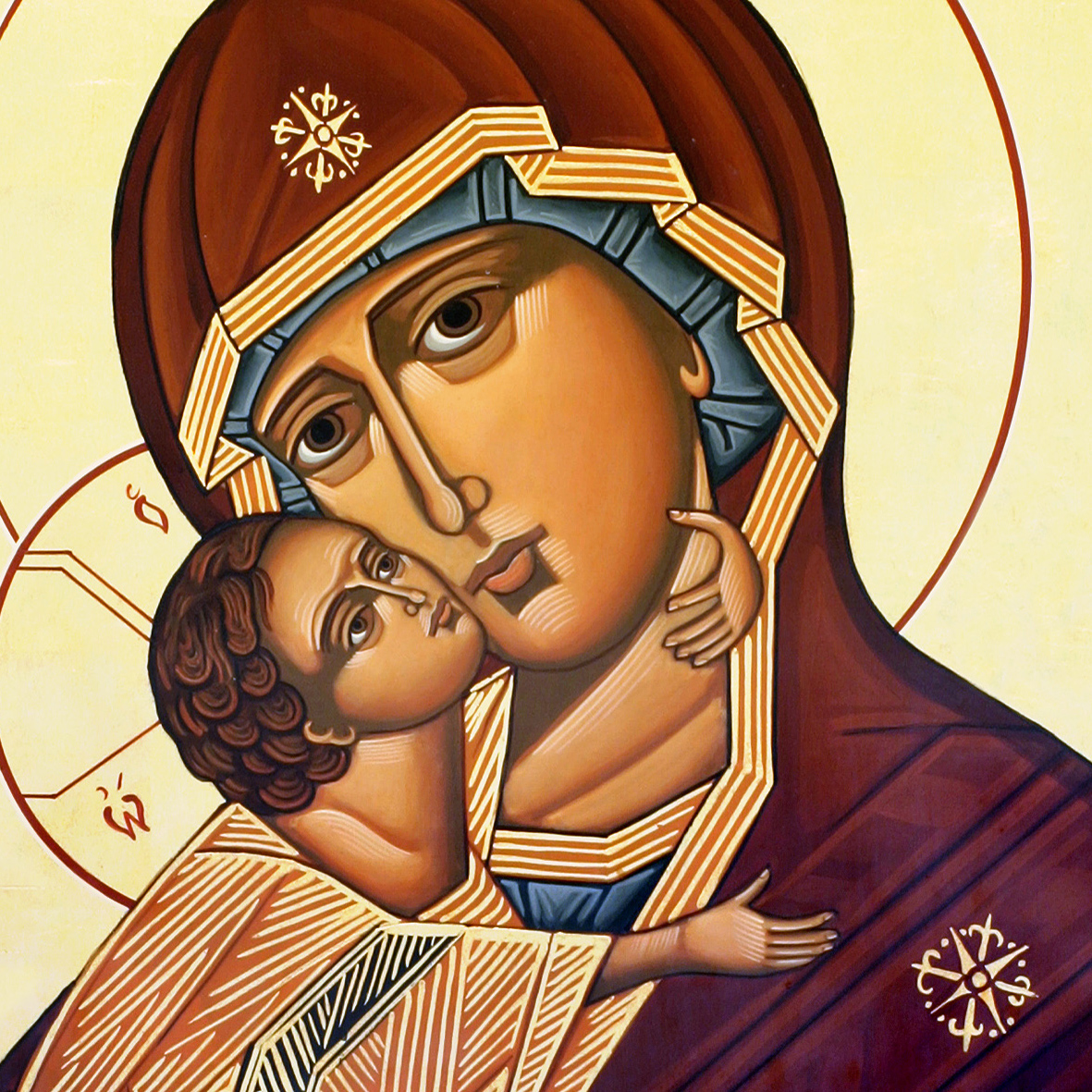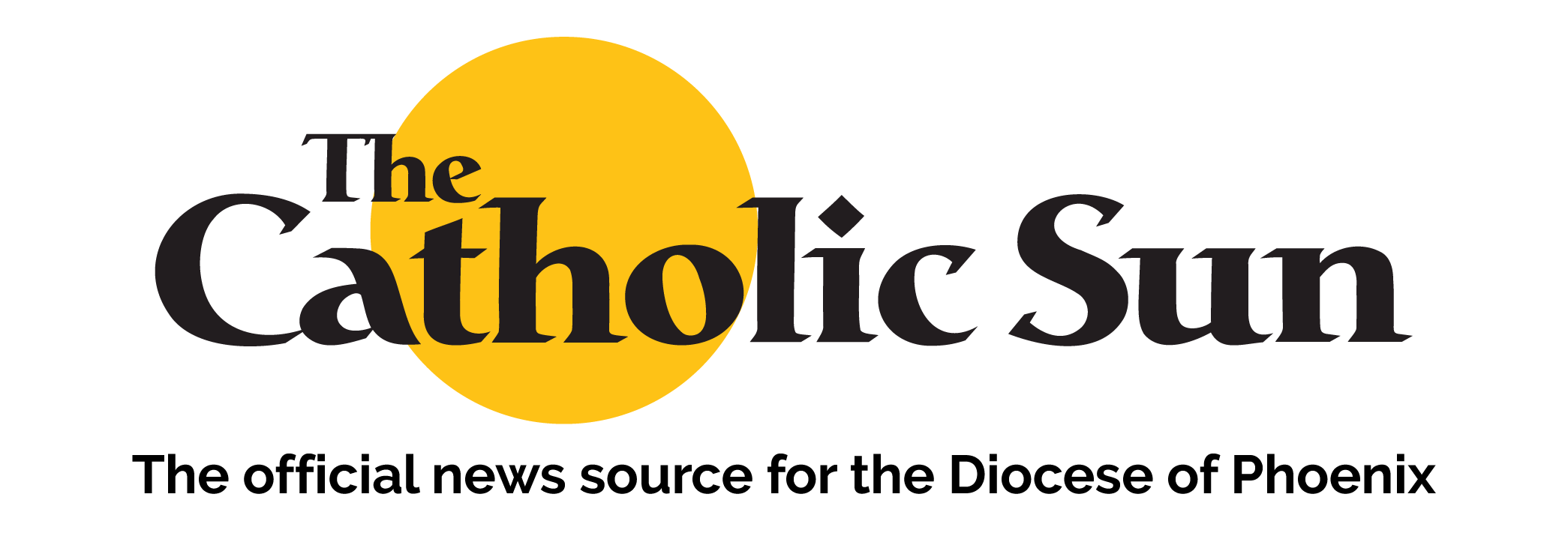
This is one of the most significant Marian feast days as it recognizes specifically her role as the mother of the Savior. “Clearly from earliest times the Blessed Virgin is honoured under the title of Mother of God” (Lumen Gentium 66).
“She is to provide Him with a body of His own, to be offered for our sake,” writes St. Athanasius. “What was born of Mary was therefore human by nature, …. It was a true body because it was the same as ours.”
According to a Catholic News Service article, a manuscript fragment in Greek from the fourth century refers to Mary as the “Mother of God.” The feast was introduced near the end of that century; it is the oldest Marian feast in the Roman liturgical calendar. Mary was definitively called “Theotokos,” or “God-bearer,” at the Council of Ephesus in 431.
From then until about 650, the divine maternity of Mary was celebrated near Christmas and concluded the Christmas octave in the Roman calendar. But, as other Marian feasts were added to the calendar, this one became less important and was replaced by the feast of the Circumcision of Christ. The 1969 revision of the Roman calendar restored it as a solemnity concluding the Christmas octave.






